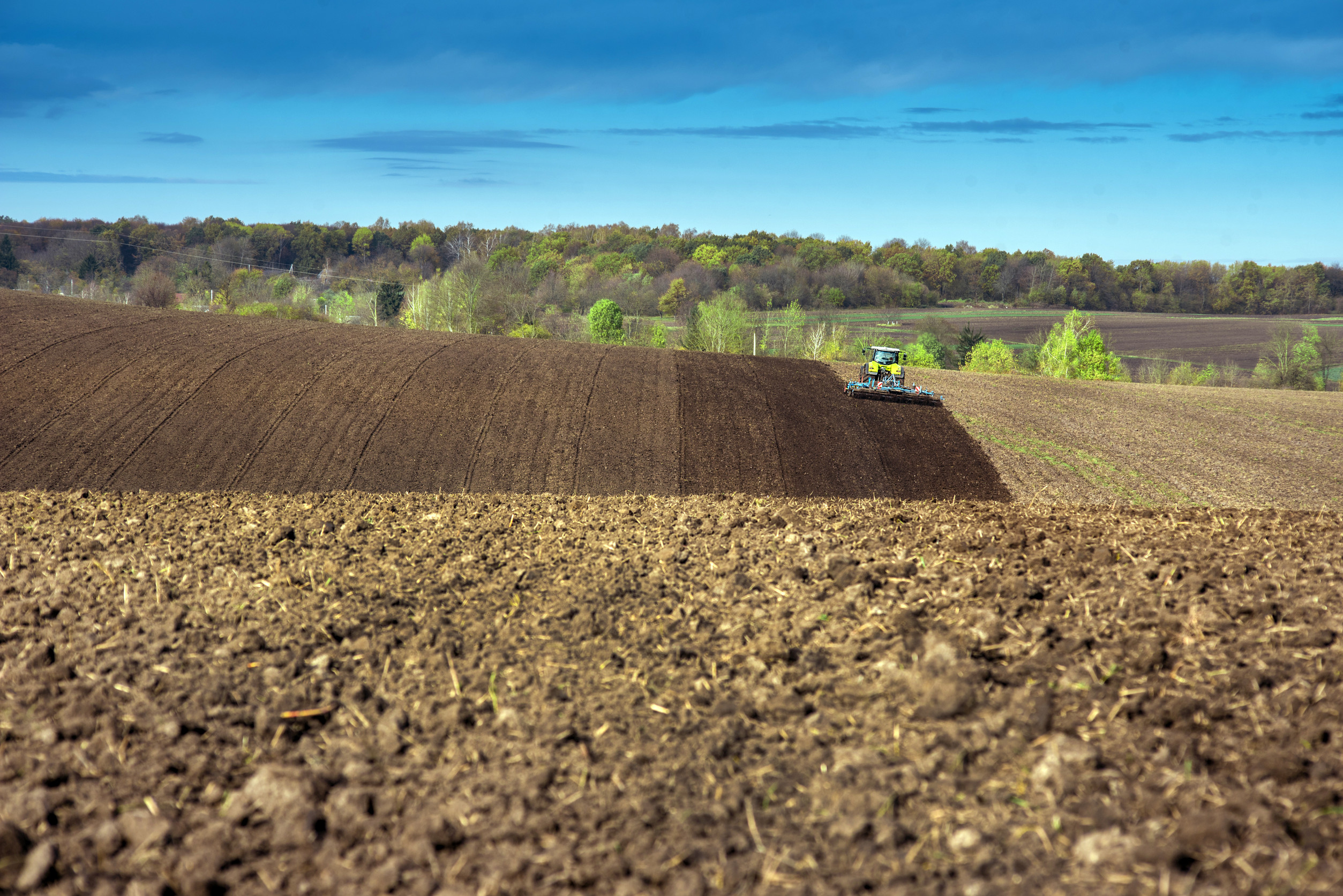Planting a garden is a great way to source delicious fresh produce, get outside more, and even boost your health, but on a more practical level, if you’re smart about planting your garden, you can feed your family and really save some money. Here’s how to grow a garden to feed your whole family.
Plant what you enjoy
Think about your family’s favorite foods and prioritize those that you and your family love. This will help cut down on waste and get your family excited about the idea of homegrown goods. Order small amounts of seeds if possible because, even if your family loves squash, there are only so many zucchinis one family can eat.
Look at your grocery bill
What produce do you spend the most money on? What do you buy most frequently? If on average you buy a five-pound bag of onions every two weeks, plant enough onions to yield 10 pounds a month. Targeting your most purchased items with homegrown goods.
Can and preserve!
In the summer it can feel like our garden is producing more food than we could ever eat, but what about the low-producing winter months. Take advantage of your booming summer harvest and can and preserve goods for the cooler months. Tomatoes can be made into a sauce and canned while summer fruits make great jams! If canning is daunting, simply freezing berries and blanched veggies is another great option.
Extend the season
Think about investing in a greenhouse or row covers to keep your garden producing as the weather turns colder. You can also plant many herbs indoors all year round.
Calculate yield to plan your rows
Once you figure out what and how much your family eats, plan out your rows based on projected yields. If you plan on making lots of jam, maybe plant extra berries, but stick to just a couple of plants of specialty items like pumpkins or eggplant. This planting chart from the Virginia Cooperative Extension is a great tool for laying out your beds.
Keep good records
Odds are you won’t match your family’s produce needs perfectly the first go around. Keep a garden journal to remember you planted too much lettuce or not enough green beans. That way, when next spring comes around, you’ll be ready for an even more efficient planting season.
The economic implications of the pandemic have all of us taking a closer look at our budgets, and for most of us, food is a big chunk of our expenses. In addition to lowering food costs, gardens also cut down on your carbon footprint and help your family eat healthier. If you’re feeding children, gardens are a great way to get them engaged with where their food comes from. Happy planting!
From the archive: This popular healthy living story was originally published on The Optimist Daily October 1, 2020.










